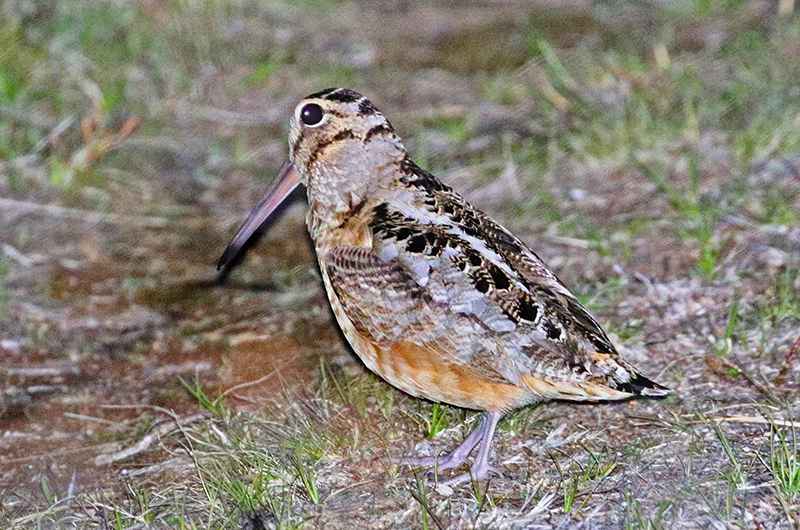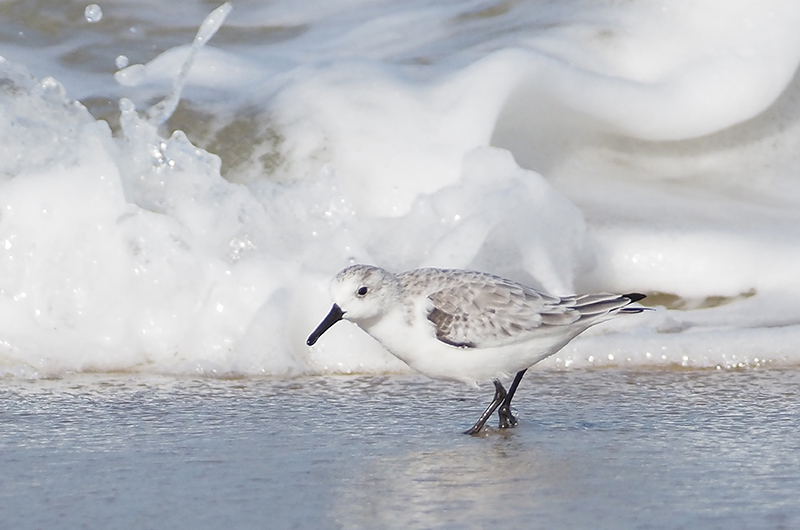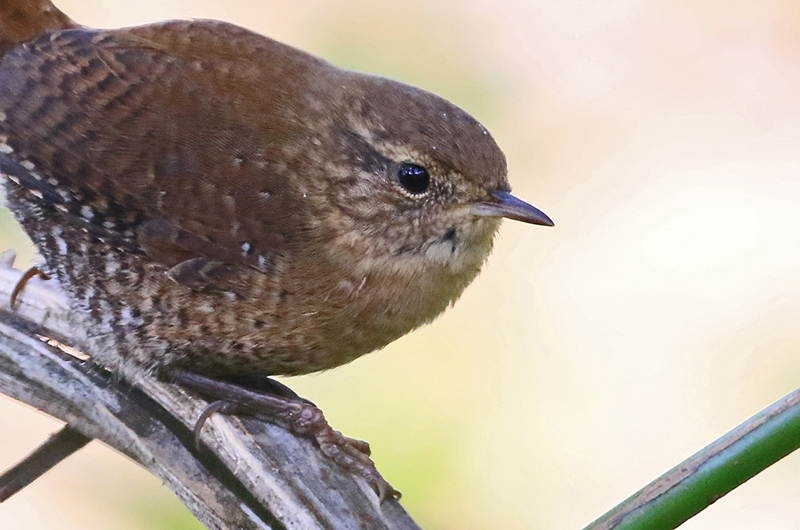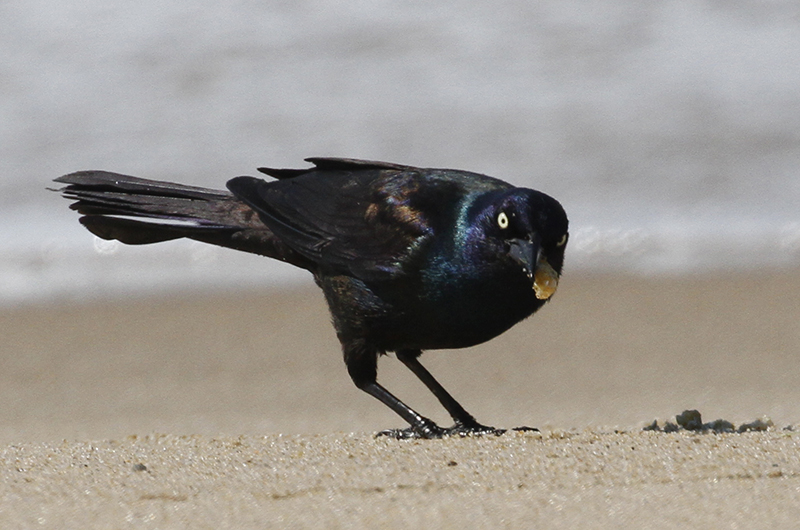Fish Hawk! The return of the osprey is an eagerly anticipated event. After all, once the osprey have returned, can spring really be that far behind?
It is still a week or two before the ospreys historically return, but on March 6 Vasha Brunelle reported the first osprey sighting of the year, over the west arm of Lagoon Pond. To verify the sighting I usually ask for a photo, written description, or have multiple observers see the bird. But the strong southwesterly winds of March 5 and 6 boosted the birds’ northward migration, and recent sightings in Connecticut, Long Island and New Jersey support the sighting. More will be arriving soon.
Another sign of spring is the peenting of American woodcocks, which are best heard around dusk. Reports of them come from across the Island this week, from Aquinnah to Chappaquiddick. Matthew Born found two along Moshup Trail on Feb. 28; Thaw Malin and Cynthia Bloomquist had one in the State Forest near the end of Hopps Farm Road on March 2; Lindsay Allison heard one near Mytoi on March 3; and I heard one calling at the frisbee golf course on March 6. Are these birds new arrivals or overwintering birds?
Sharon Pearson spotted a flock of chipping sparrows at her feeder on March 5. Again the same question: are these birds new arrivals from more southern climes or are they overwintering birds?
The same question also applies to the robins we are seeing now: arriving from the south or departing for their more northern breeding grounds? On Feb. 28. Rick Karney pointed out that with his holly berries gone, robins are now picking through the leaf litter to find their food. On Feb. 26, Wayne Jackson reported robins taking advantage of his suet feeder.
There is no doubt that red-winged blackbirds and common grackles are migrating from further south, as there have been many reports over the past few weeks. And they continue to arrive. Cynthia Bloomquist and Thaw Malin spotted seven red-wings and two grackles on March 4 and the next day they spotted a flock of 500 common grackles. Carol Goldstein reported six red-wings and two grackles on March 5 — the same day that Pat Ingalls reported grackles, red-wings and starlings.
There are also species that we know will be heading north. Tara Whiting spotted a snowy owl at Black Point Pond on Feb. 24. Jeff Bernier found and photographed a winter wren at the Oak Bluffs pumping station on March 4. This diminutive dull brown wren was seen in plain view rather that the more typical blur as it disappears into a thicket. The fox sparrow that has been visiting Matt Pelikan’s feeders appeared again on March 5 and I found one at the Aquinnah herring run the day before.
The shorebirds visiting us now are overwintering birds that will head north to their breeding grounds. Most notable of these are the greater yellowlegs: on Feb. 24, Tara Whiting spotted one flying over the marsh at Black Point Pond and on Feb. 28 Matthew Born and Bob Shriber both reported greater yellowlegs from Aquinnah.
Sanderlings seem to be rather scarce this winter. On Feb. 24 Tara Whiting spotted some along the shores of Black Point Pond; Bob Shriber found seven at the West Basin on Feb. 28; and the Martha’s Vineyard Bird Club tour of Edgartown on March 5 produced nine sanderlings at Little Beach. Dunlins were more common at both locations, with 35 on Little Beach.
On the waterfowl front, Tara Whiting reports that she found six pintail at Black Point Pond on Feb. 24. They have been in the Tisbury Great Pond area all winter along with the usual bufflehead, black ducks, mallard and Canada geese. Long-tailed ducks were present on March 2 in both Oak Bluffs harbor, seen by Lanny McDowell, and Edgartown harbor, seen by Jeff Bernier. The next day Jeff Bernier spotted a Northern pintail at Jernegan Pond and a green-winged teal at Sweetened Water across the road. And at the Aquinnah herring run on March 4, I watched a ruddy duck that was swimming 50 feet away before it flew off toward Squibnocket Pond.
The waterfowl highlights of the March 5 Bird Club tour were 124 common eider, eight bufflehead, eight common goldeneye, four red-breasted mergansers and one gadwall, as well as a great blue heron, six black-crowned night-herons, a yellow-bellied sapsucker and a swamp sparrow. Allen Slater adds a snow goose spotted in a Chappaquiddick field on March 7.
Melissa Leo spotted an adult bald eagle over North Tisbury on March 4, which reminds me of a depressing article in the March 3 Cape Cod Times. The Birdsey Cape Wildlife Center in Barnstable has documented that rat poison — specifically anticoagulant rodenticides — are still poisoning eagles, great horned owls and red-tailed hawks after they consume poisoned rodents. Because of the poisoning, the Environmental Protection Agency prohibited retail sales of these chemicals in 2015 but licensed pest control professionals can still buy them. Wildlife advocates point out that there are alternative methods that are less toxic.
Please email your sightings to birds@mvgazette.com.
Robert Culbert is an ecological consultant with Nature Watch LLC living in Vineyard Haven.









Comments
Comment policy »